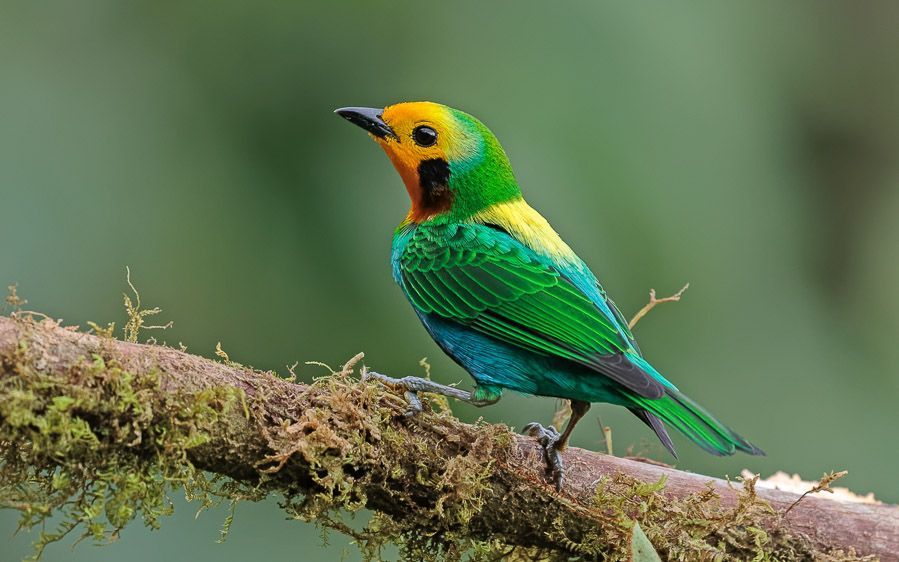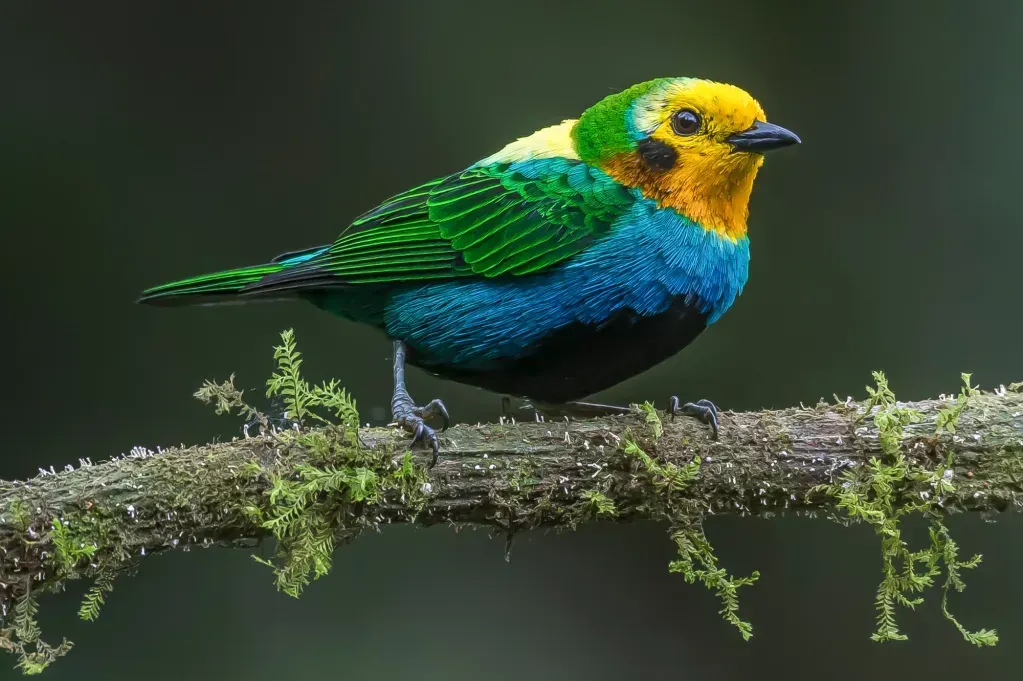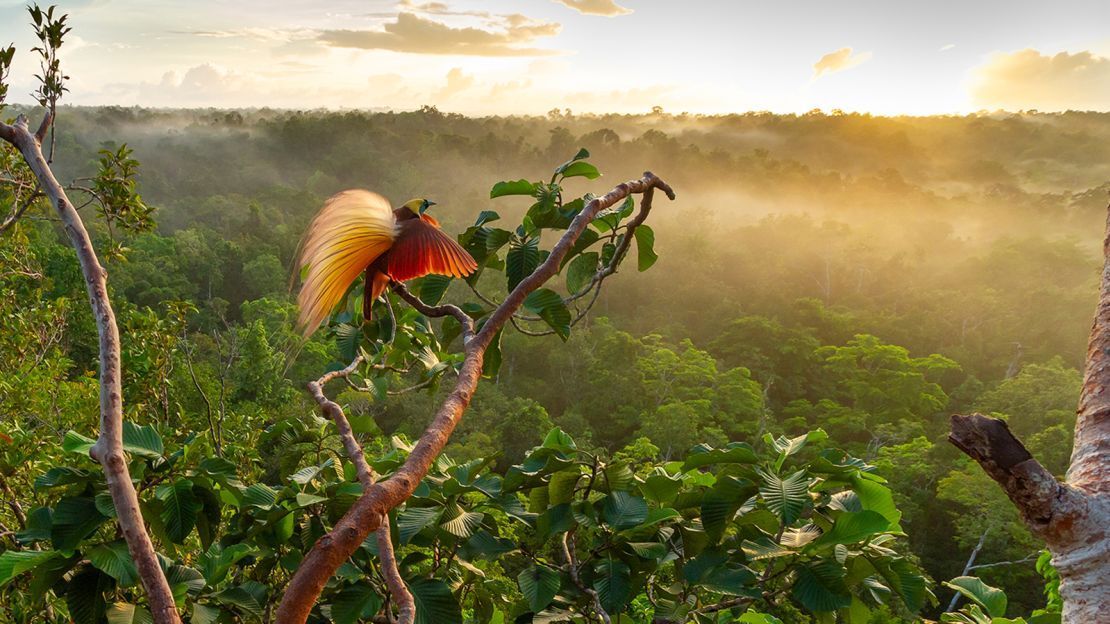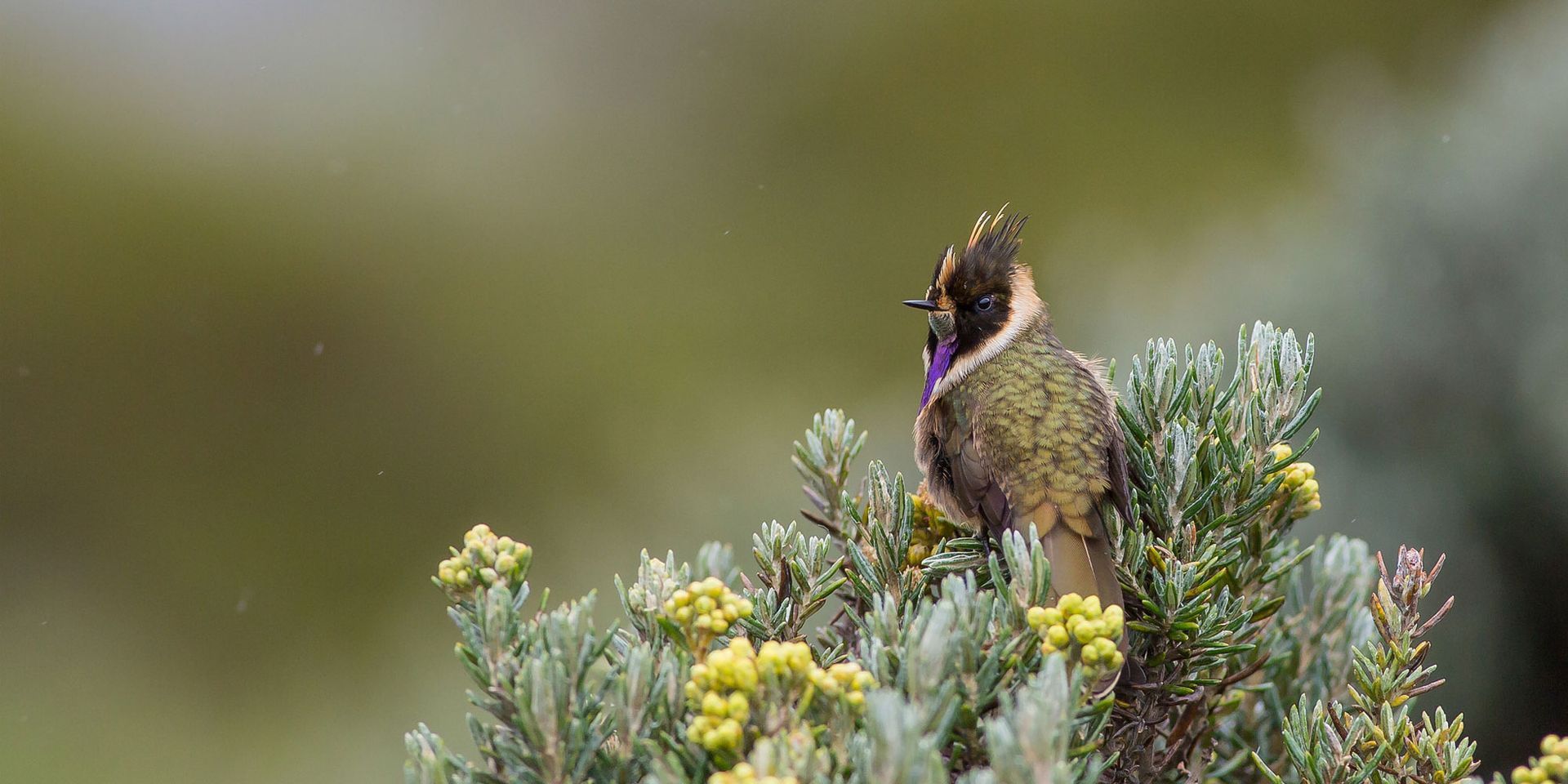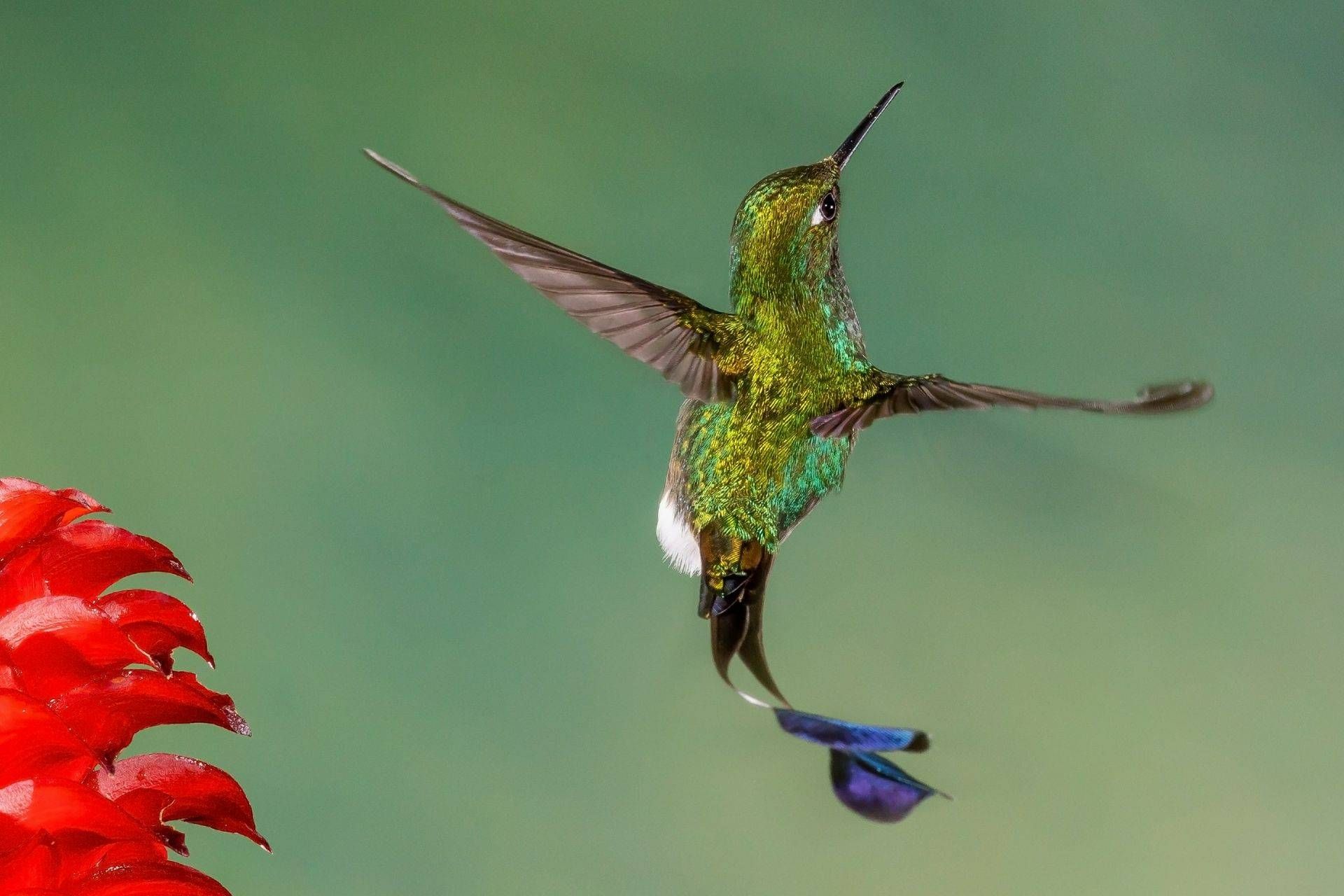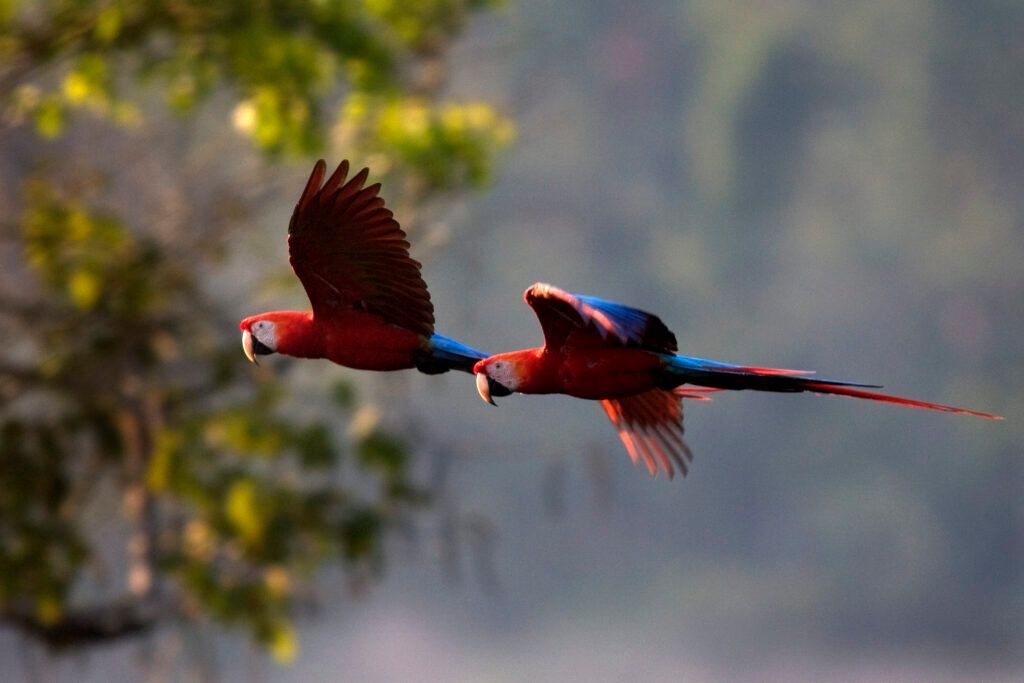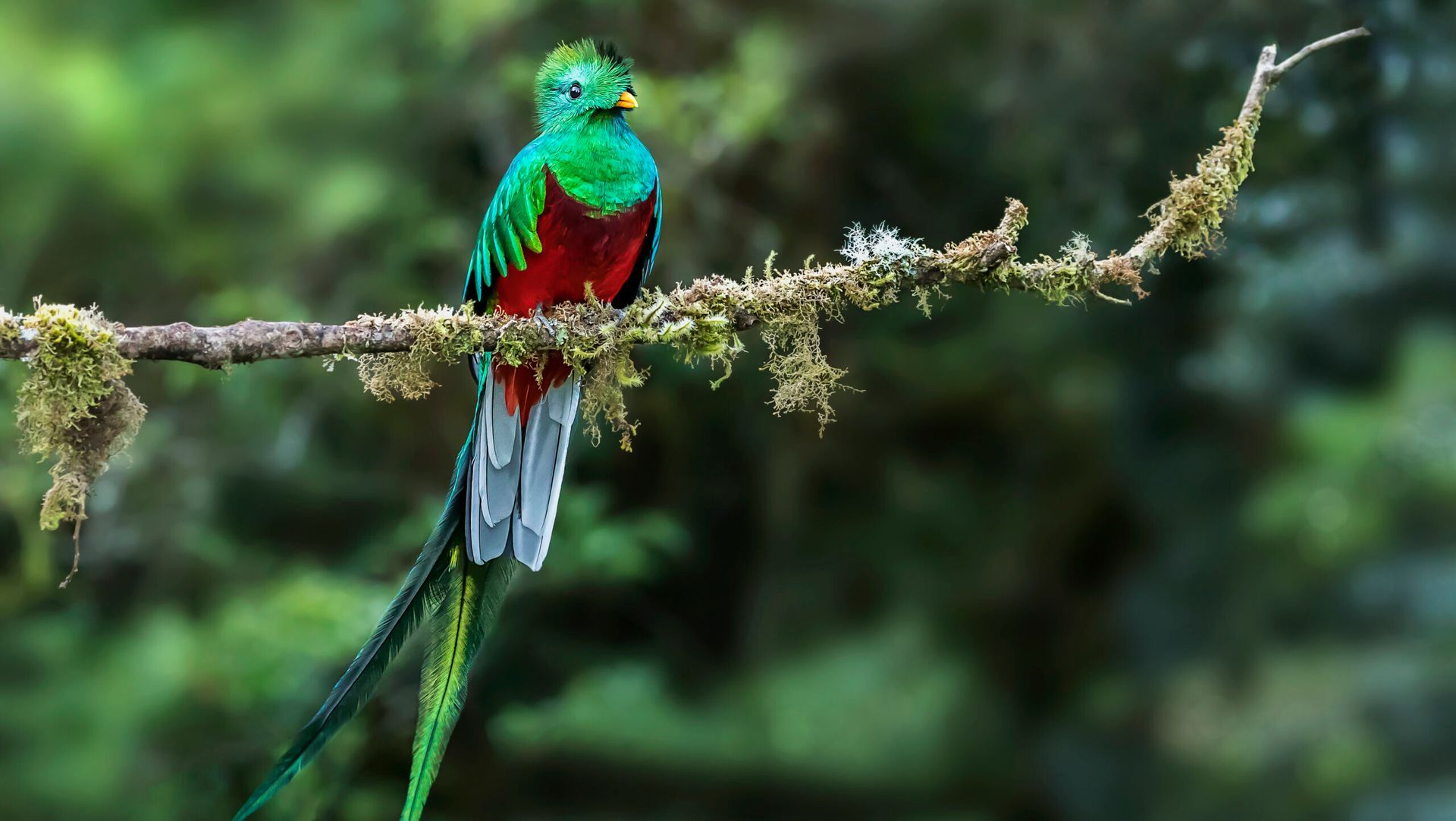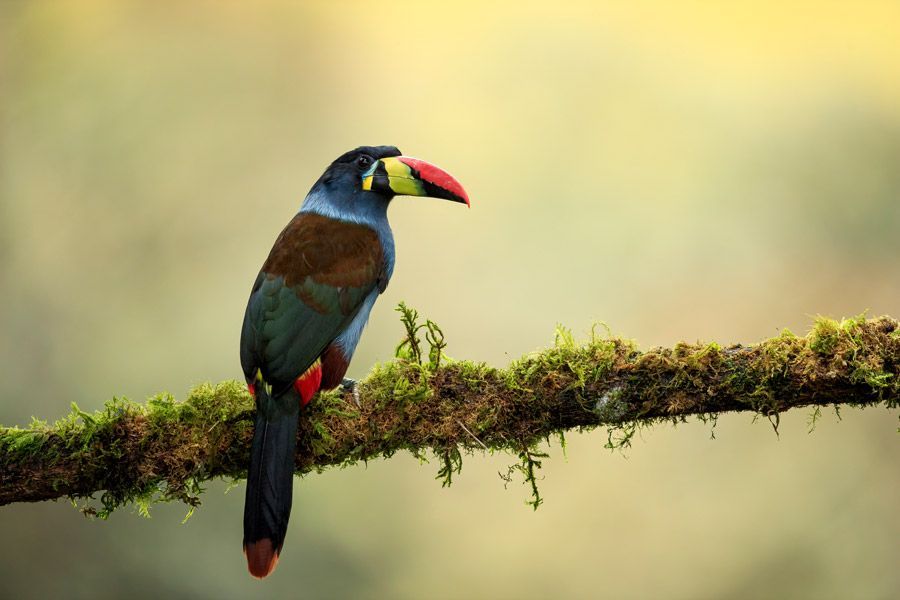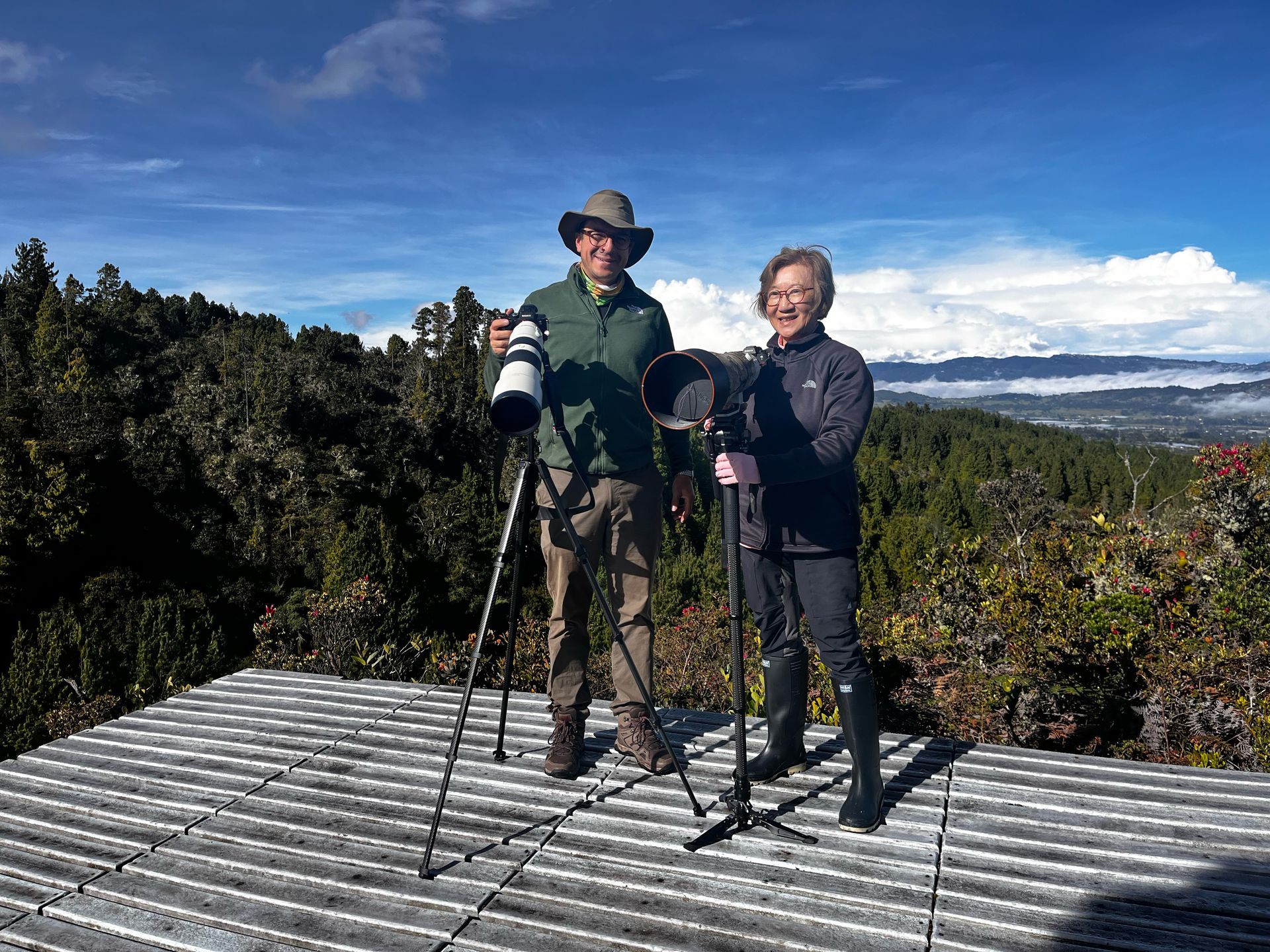Colombia, Ecuador, Peru, Panama, and Brazil: Premier Birding and Bird Photography Guides
Colombia, Ecuador, Peru, Panama, and Brazil Premier Birding and Bird Photography Guides
South America is a haven for bird enthusiasts and wildlife photographers, offering some of the most spectacular avian diversity on the planet. From the lush rainforests of Colombia and Ecuador to the highlands of Peru, the migratory corridors of Panama, and the vast wetlands of Brazil, the continent provides endless opportunities to photograph rare and endemic bird species. To truly experience the richness of these habitats and capture extraordinary photographs, working with premier birding and bird photography guides is essential. These experts not only help locate elusive species but also offer invaluable knowledge about bird behavior, habitats, and ethical photography practices.
Colombia: Expert Guides for the Land of Endemic Birds
Colombia is widely regarded as the most biodiverse country for birds in the world, boasting over 1,900 species, including many endemics. Top birding guides in Colombia specialize in regions such as the Chocó rainforest, Tatamá National Natural Park, and the Sierra Nevada de Santa Marta. These guides are invaluable for locating rare species like the Andean Cock-of-the-rock, Golden-headed Quetzal, and Black-and-chestnut Eagle. Experienced guides provide insights into the best times for photography, optimal vantage points for lekking displays, and strategies to capture birds in their natural behavior without causing disturbance. Their expertise ensures photographers have access to species and locations that would otherwise be difficult to find, making Colombia a premier destination for bird photography.
Ecuador: Cloud Forests and Amazonian Specialists
Ecuador may be small in size, but it hosts more than 1,600 bird species, with many endemic to its cloud forests and Amazonian regions. Premier guides in Ecuador are experts in locations such as Mindo, Bellavista, and the Yasuni National Park. These guides facilitate encounters with vibrant species like the Violet-tailed Sylph, Toucan Barbet, and the Amazonian Umbrellabird. They offer advice on camera settings, composition, and lighting to capture hummingbirds in motion or quetzals perched amidst dense foliage. By partnering with knowledgeable guides, photographers can navigate Ecuador’s diverse terrains safely and effectively while maximizing their chances of photographing rare species and witnessing unique behaviors, such as courtship displays or feeding rituals.
Peru: High Andes and Lowland Amazon Specialists
Peru is another hotspot for bird photographers, offering ecosystems that range from the high Andes to the Amazonian lowlands. Premier guides in Peru provide access to sites such as Manu National Park, Tambopata Reserve, and the cloud forests of the eastern Andes. These guides help locate rare species including the Harpy Eagle, Andean Condor, Cock-of-the-rock, and Peruvian Plantcutter. Photographers benefit from guides’ deep knowledge of seasonal behaviors, feeding grounds, and canopy access points. Peru’s guides often combine multiple habitats in a single itinerary, allowing photographers to capture both highland and lowland species, while providing tips on using natural light, water reflections, and framing to enhance the artistic quality of images.
Panama: Premier Guides for Migratory and Resident Birds
Panama, situated at the crossroads of North and South America, is a crucial stopover for migratory birds and hosts a rich mix of resident species. Experienced birding guides in Panama specialize in regions such as the Darién, Soberanía National Park, and the highlands near Boquete. These experts help photographers find Resplendent Quetzals, Great Green Macaws, Harpy Eagles, and a variety of migratory warblers. Guides in Panama are especially helpful in tracking seasonal migration patterns and understanding the behavior of both resident and transient birds. Their knowledge allows photographers to anticipate movements, select the best vantage points, and capture rare moments such as mating displays, feeding, or flock interactions, ensuring a highly productive bird photography experience.
Brazil: Top Guides for Amazon, Pantanal, and Atlantic Forest Birds
Brazil’s vast landscapes offer unparalleled diversity for bird photography, and premier guides are essential for navigating its enormous and varied ecosystems. The Amazon Rainforest, Pantanal wetlands, and Atlantic Forest are home to thousands of species, including the Blue-throated Macaw, Hyacinth Macaw, Jabiru Stork, Sungrebe, and the rare Amazonian Umbrellabird. Expert guides in Brazil are adept at providing access to remote locations, interpreting bird calls, and understanding habitat preferences. They assist photographers with positioning, lighting strategies, and timing to capture rare species in action. Whether it is photographing macaws feeding in the canopy, wading birds in wetlands, or elusive understory species, Brazilian guides ensure photographers gain unique and professional-quality shots.
The Role of Premier Birding Guides
Premier birding and bird photography guides serve as the key to a successful South American birding expedition. They provide more than just directions; they offer ecological insights, behavioral knowledge, and technical guidance. A skilled guide knows the habits of rare birds, where to find them, and the best conditions for photographing them. They often set up blinds, identify feeding stations, and provide advice on lens selection, camera settings, and composition to maximize photographic success. Working with a guide also ensures safety in remote locations, allowing photographers to focus entirely on their craft.
Maximizing Opportunities Through Seasonal Knowledge
Timing is crucial in capturing South America’s rare birds. Many species have seasonal behaviors such as mating displays, migration, or nesting. Expert guides know these schedules and can plan itineraries to coincide with the peak activity periods of target species. For instance, Andean Cock-of-the-rock displays are best observed at dawn in Colombia, while hummingbirds in Ecuador are most active in early mornings when the light accentuates their iridescent feathers. In Panama, migratory warblers appear at specific months, and Brazilian wetlands are best visited during the dry season for optimal visibility. Understanding seasonal behaviors through local guides greatly increases the likelihood of capturing extraordinary images.
Ethical and Responsible Photography
Working with professional guides also ensures adherence to ethical photography practices. Guides educate photographers on how to minimize disturbance to birds, maintain safe distances, and avoid disrupting nesting sites. They help photographers capture authentic behavior without stressing the animals or damaging habitats. Ethical bird photography not only protects the wildlife but also enhances the quality of photographs, as birds behave naturally, providing opportunities for dynamic and genuine images. Conservation-minded guides often incorporate community support and habitat protection into their tours, ensuring that photography contributes positively to the regions visited.
Specialized Equipment Guidance
Premier guides in Colombia, Ecuador, Peru, Panama, and Brazil also offer guidance on the right equipment for the specific environments. Dense rainforests require long telephoto lenses, sometimes 400mm or more, to capture shy species without intrusion. Cloud forests and highlands demand attention to lighting and stabilization equipment, while open wetlands may benefit from wide-angle perspectives. Guides often advise on camouflage techniques, tripod usage, and the best approaches to moving through difficult terrain. This ensures photographers can capture rare birds in their natural habitat with clarity and artistry.
Region-Specific Insights
Colombia’s Chocó and Sierra Nevada regions are rich in endemic species and require guides who know canopy locations, lekking sites, and secret feeding grounds. Ecuador’s Mindo cloud forests allow close encounters with multiple hummingbird species simultaneously, an opportunity that requires both strategic positioning and patience. Peru’s Manu National Park provides access to lowland and highland species in a single itinerary, while Panama’s Darién region offers both resident and migratory species in lush forested landscapes. Brazil’s Pantanal wetlands and Amazonian interior require guides who can navigate water systems, identify subtle calls, and find elusive understory species. Knowledge of these region-specific nuances is crucial for photographers who wish to capture rare birds effectively.
Planning the Ultimate South American Bird Photography Trip
For photographers aiming to document rare species in Colombia, Ecuador, Peru, Panama, and Brazil, planning is key. Working with premier guides allows for optimized itineraries, maximum bird sightings, and professional photographic support. Photographers can choose customized tours focusing on specific species, ecosystems, or photographic styles, whether that includes high-speed action shots of hummingbirds, portraits of macaws, or dramatic lekking displays. Combining multiple countries in a single trip offers opportunities to photograph an incredibly wide diversity of species, from the high Andes to Amazonian rainforests, providing a comprehensive and memorable experience.
Conclusion
Colombia, Ecuador, Peru, Panama, and Brazil stand out as premier destinations for bird photography in South America. By working with expert birding and photography guides, photographers gain access to rare species, unparalleled knowledge of behavior and habitats, and guidance on ethical practices and equipment usage. These guides not only enhance the photographic experience but also ensure the protection of habitats and contribute to conservation efforts. For anyone serious about capturing the beauty of South America’s avian diversity, partnering with premier birding guides is the key to success, turning a bird photography journey into a lifetime of unforgettable images.


